Going to the Dogs, Italian Style
A look into Italy’s canine love affair, from Rome’s founding myth to modern pups dressed as popes
In my neighborhood, I’m mostly known as the guy with Mocha.
Most people are lovely. They know my order at the coffee bars, and I wave into the enoteca and butcher shop as I pass by. Walking down any of the area’s streets, there’s a friendly ciao or buongiorno every minute or two.
But when I leave Mocha at home, I become nearly invisible. People I’d usually greet just look right past me.
It doesn’t happen too often, because Mocha comes almost everywhere. She loves riding on a motorino, earning countless smiles and thumbs-up from fellow motorists. Most restaurants accept well-behaved dogs. They can use public transportation. Many supermarkets have special carts, so canine friends don’t have to wait outside. Mocha once even sat in on an interview I conducted with a government minister1.
It's not just Mocha. Italy in general is famously dog friendly. But I don’t know any place where dogs are as adored as in Rome, which regularly ranks among the world’s most dog-friendly big cities.
Modern Love
Rome’s founding begins with La Lupa, a she-wolf who nursed infant twins Romulus and Remus, the city’s mythical founders.
There’s a famous Cave Canem (“Beware of the Dog”) mosaic unearthed in Pompeii, and Dante’s Inferno predicts that a mystical dog will be the “salvation” of Italy. Renaissance portraits of noble families often included the family hound.
During the coronavirus pandemic, 14th-century Saint Roch enjoyed a revival: remembered for caring for plague victims, legend says he was himself cured of the plague by a loyal dog that brought him food and licked his wounds.

Contemporary Italy is no less canine.
In 2012, the cash-strapped government briefly floated an annual tax on “animals of affection.” The backlash was so fast and severe that the measure was muzzled within hours.
Since then, laws have gone in the opposite direction. Italy now recognizes dogs as “sentient beings.” That means abandoning one can mean up to a year behind bars a €10,000 fine. A Roman woman even won the right to use paid sick days to care for her dog, and earlier this year a law passed making it illegal to leave dogs chained outside, with penalties increased if young children witness the abuse.
In the end, the Italian bureaucracy that moves painfully slowly over reforms for people or business has made it clear that cruelty toward dogs will not be tolerated.
Papal pooches
In the Middle Ages Dominican priests called themselves Domini canes -- a Latin-language pun that translates to “Dogs of the Lord,” guardians of the faith.
More recently, Pope John Paul II was fond of dogs in his youth in Poland. And Pope Benedict XVI reportedly lit up when the subject of dogs came up. His papal nickname, “the German Shepherd,” was another pun, combining his nationality with his role as shepherd of the Church. All indications are that he was saddened to leave his own German Shepherd, Chico, with friends in Germany when he became pope in 2005.
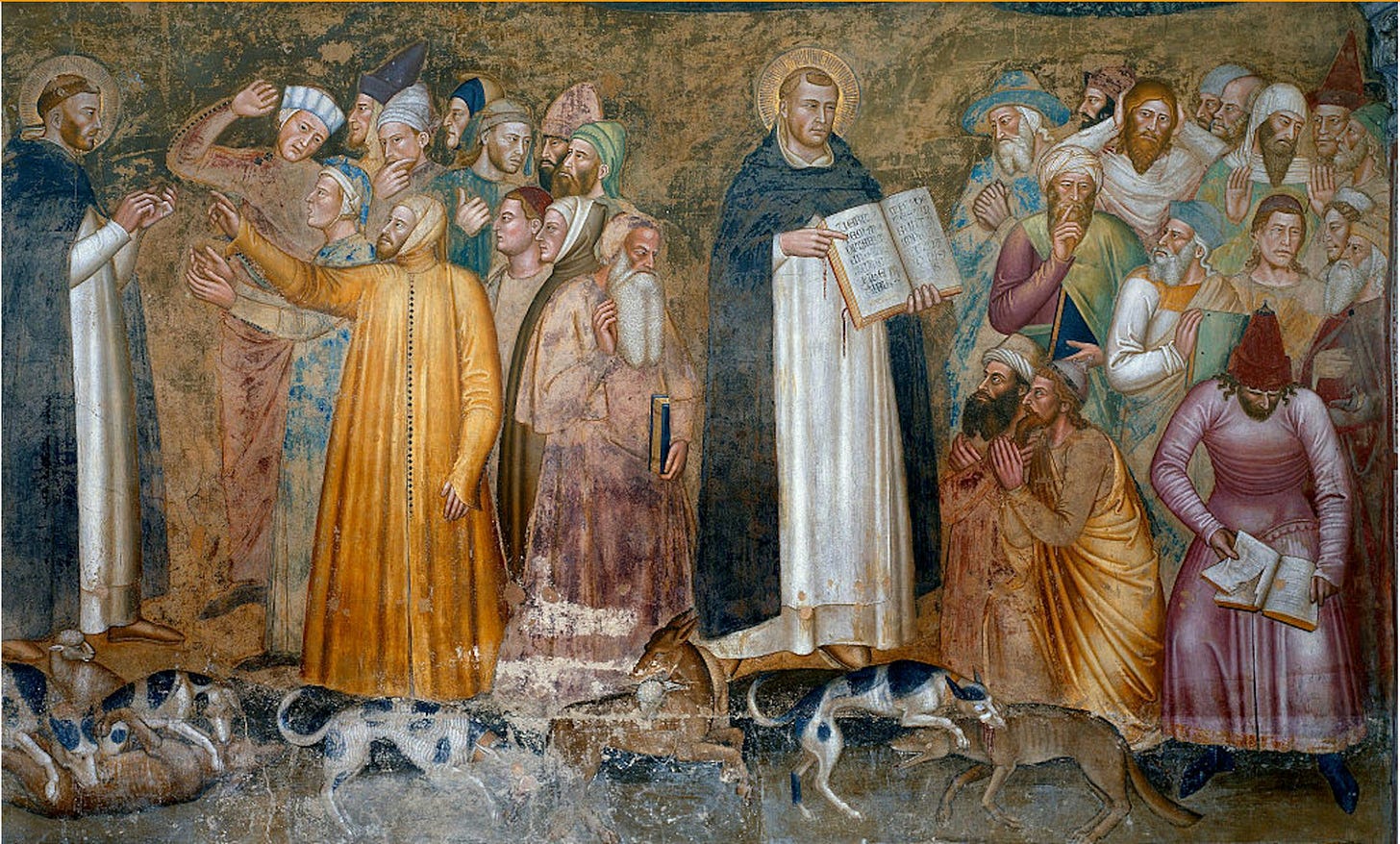
Pope Francis is more complicated. He grew up without pets, and in 2022 he provoked debate when he scolded couples who too often chose “dogs and cats in place of children,” calling it selfish. He even admitted once to becoming irritated with a woman who asked him to bless her dog.
Yet his namesake, Saint Francis, is the patron saint of animals, and the late pontiff was often seen joyfully playing with dogs. After his death, there was even an odd flood of A.I.-generated memes claiming he had a special rescue dog called Esteban who he asked to see one final time before passing away.
The jury is still out on Leo XIV, the Chicago-born pope elected four months ago, though the conclave that chose him revived the ridiculous but adorable trend of people dressing their pups in papal garb. But Leo himself has yet to reveal whether he’s a dog lover.
📌And another thing
Frequent readers of The Italian Dispatch will recognize Mocha from earlier posts about “Made in Italy” products like the Moka coffee pot, Italian cuisine and the world’s top restaurants, and from the post-script of the How to offend an Italian post on Italy’s unwritten rules.
But for anyone meeting her here for the first time: Mocha is a true city dog. She stays close on walks (usually without a leash) and knows not to cross the street on her own. She perks up when we get on a bus or head into the metro. She leaps off the motorino on command to race through closed-down streets. She even has her own giro in the neighborhood, knowing exactly where to pop her head in the door to get a snack or a pat on the head (and she acts confused on Sundays and holidays when the shutters are drawn).
That’s why it always amuses me to see how easily she adapts to life in the countryside.
The difference between urban dogs and their rural cousins in Italy is stark. In Italy’s dog-friendly cities, pets live indoors and are treated like family members. In the countryside, there’s affection, but relationships are more functional. Dogs mostly live outdoors and they earn their keep -- hunting, guarding farmyards, finding truffles, or protecting livestock.
Whenever I travel for more than a few days and cannot take Mocha with me, she stays with friends on a small farm outside of Rome. There, surprisingly, she easily slips into the rhythm of rural life, herding chickens and lounging with farm animals.
Then, back in the city, she resumes her true calling: basking in the attention of strangers in a country where it seems there are more words for “cute dog” (cagnolina, cagnetta, cucciolotta, bestiolina, pelosetta, patatina, stellina) than for anything else.
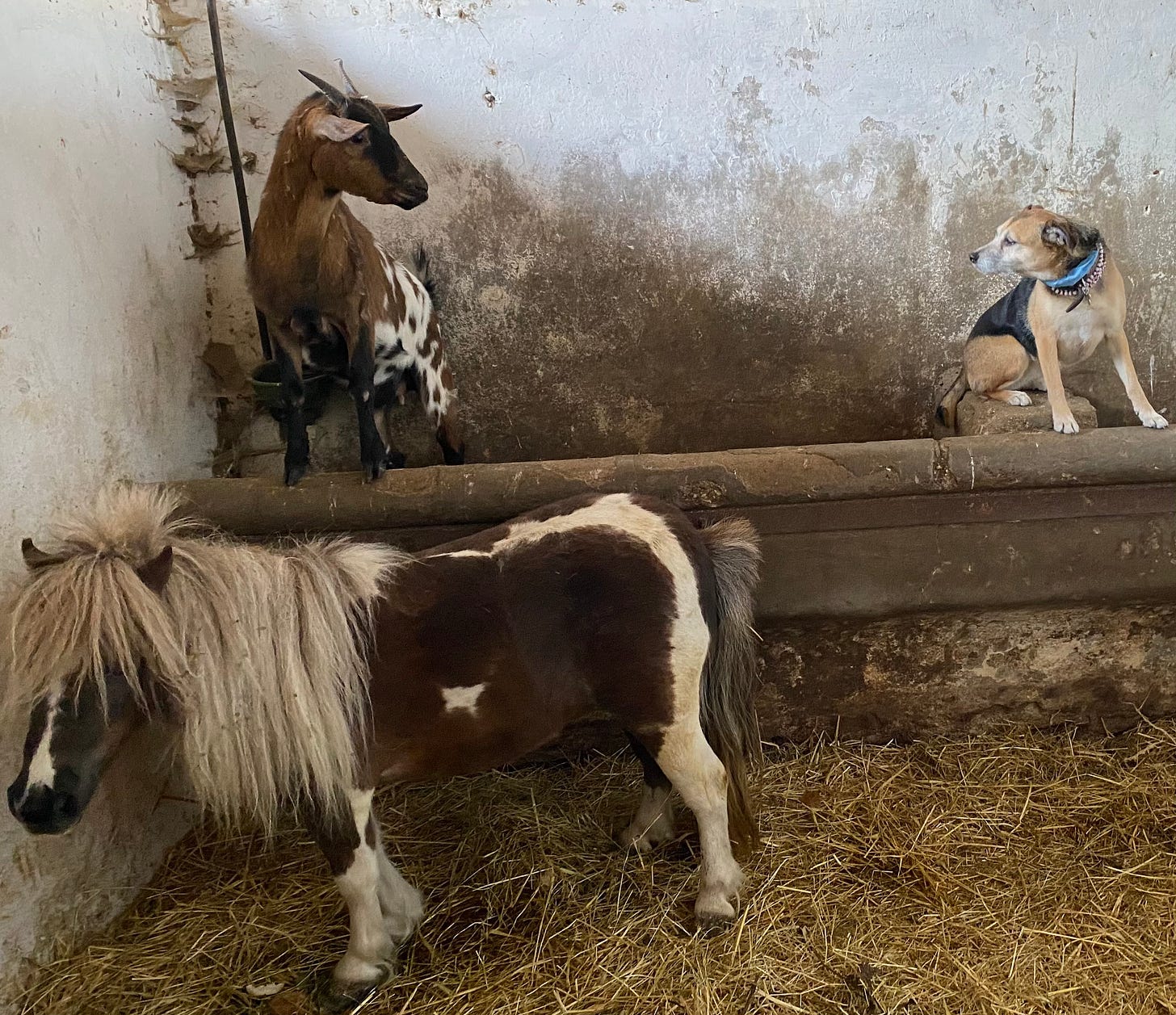
The minister will remain unnamed. About three hours before our scheduled interview, I got a call asking if I could come in right away. I protested -- I was out walking my dog, I said, and I hardly dressed to meet a minister -- but the assistant insisted. By the end of the meeting, Mocha was on the minister’s lap . I asked if I could take a photo. But he declined: “I’d like to, I’d even want a copy of it. But if it ever got out, my critics would say I was playing with dogs instead of doing my job.” If you ask me, I think he was doing both.


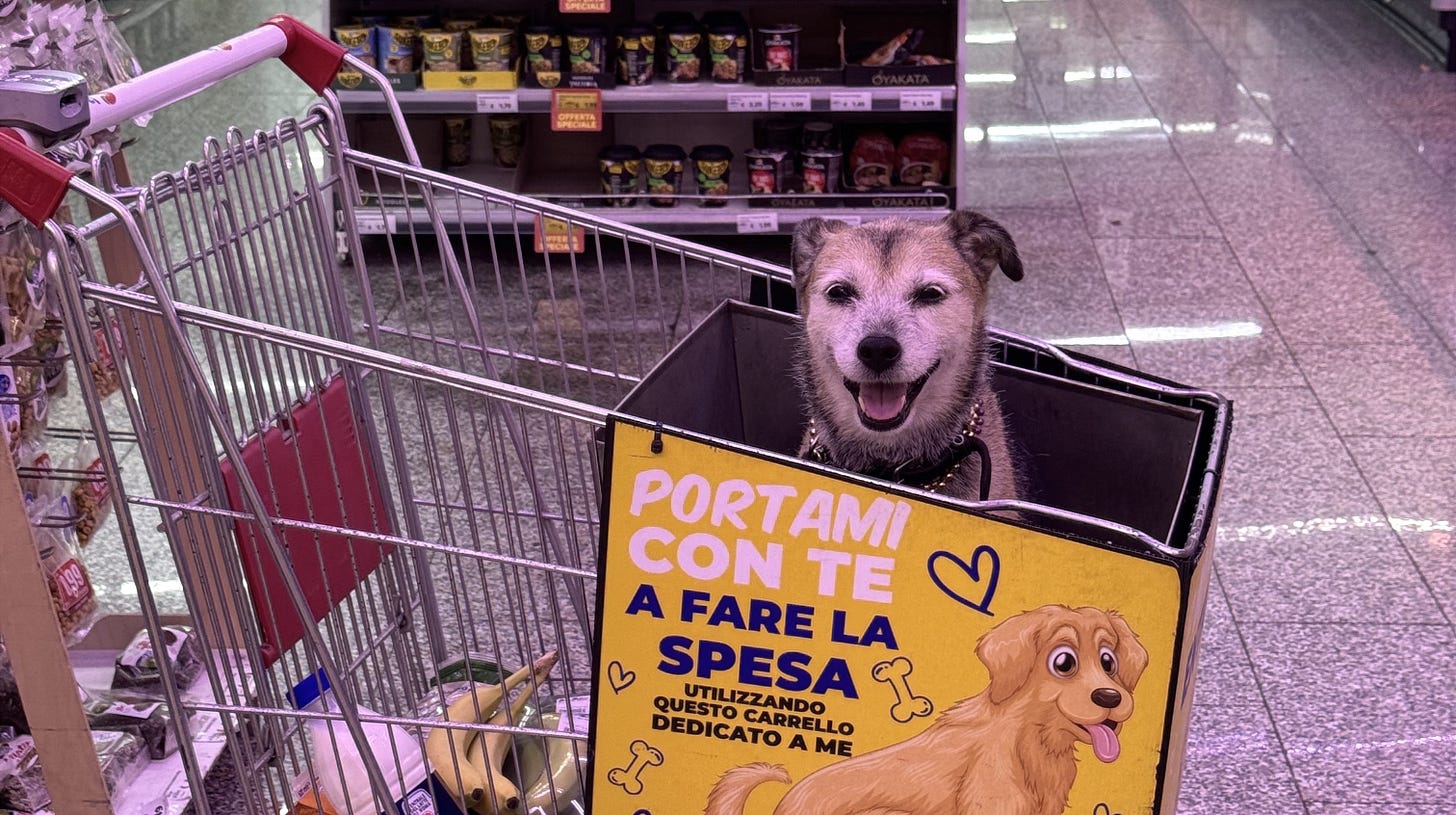
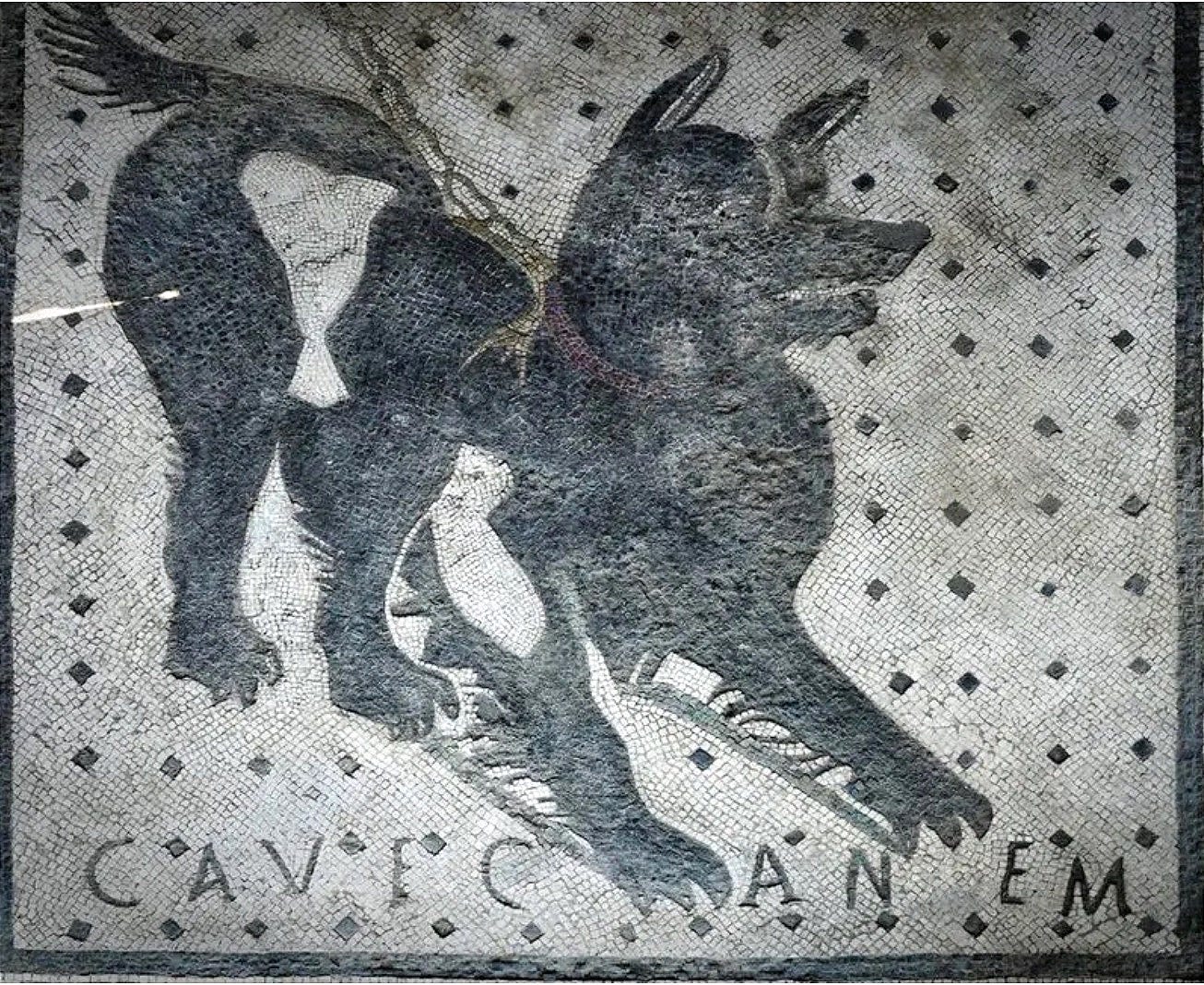
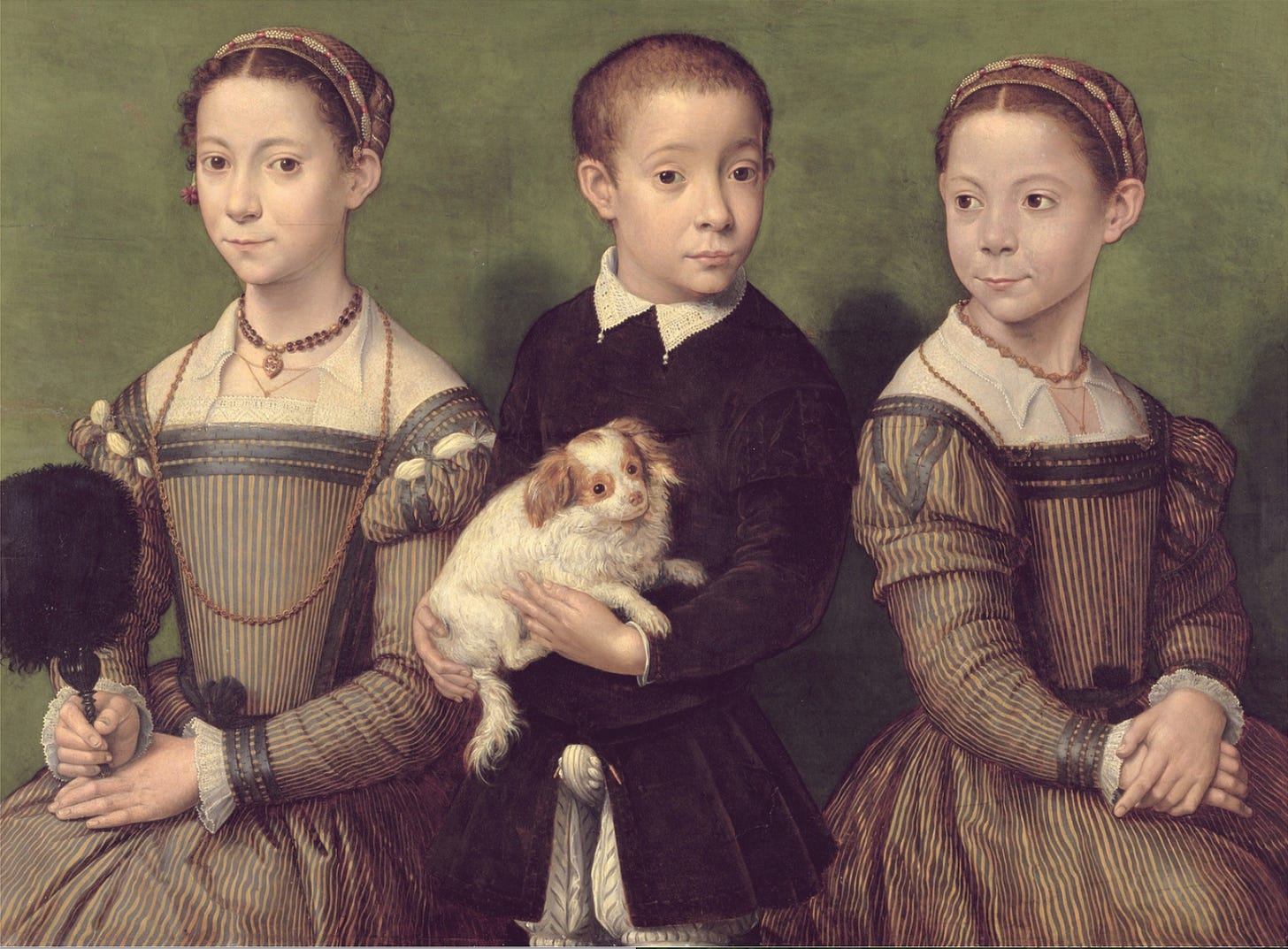
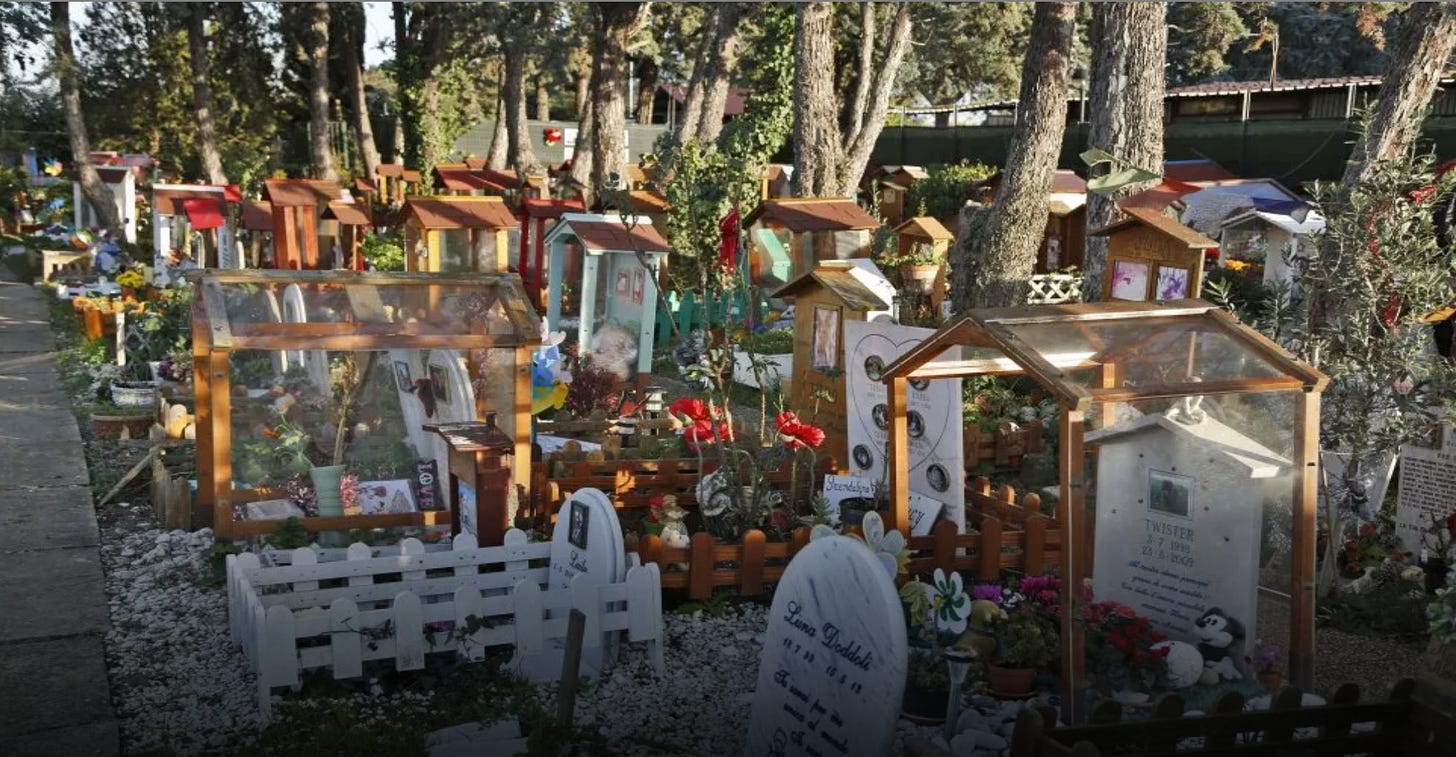
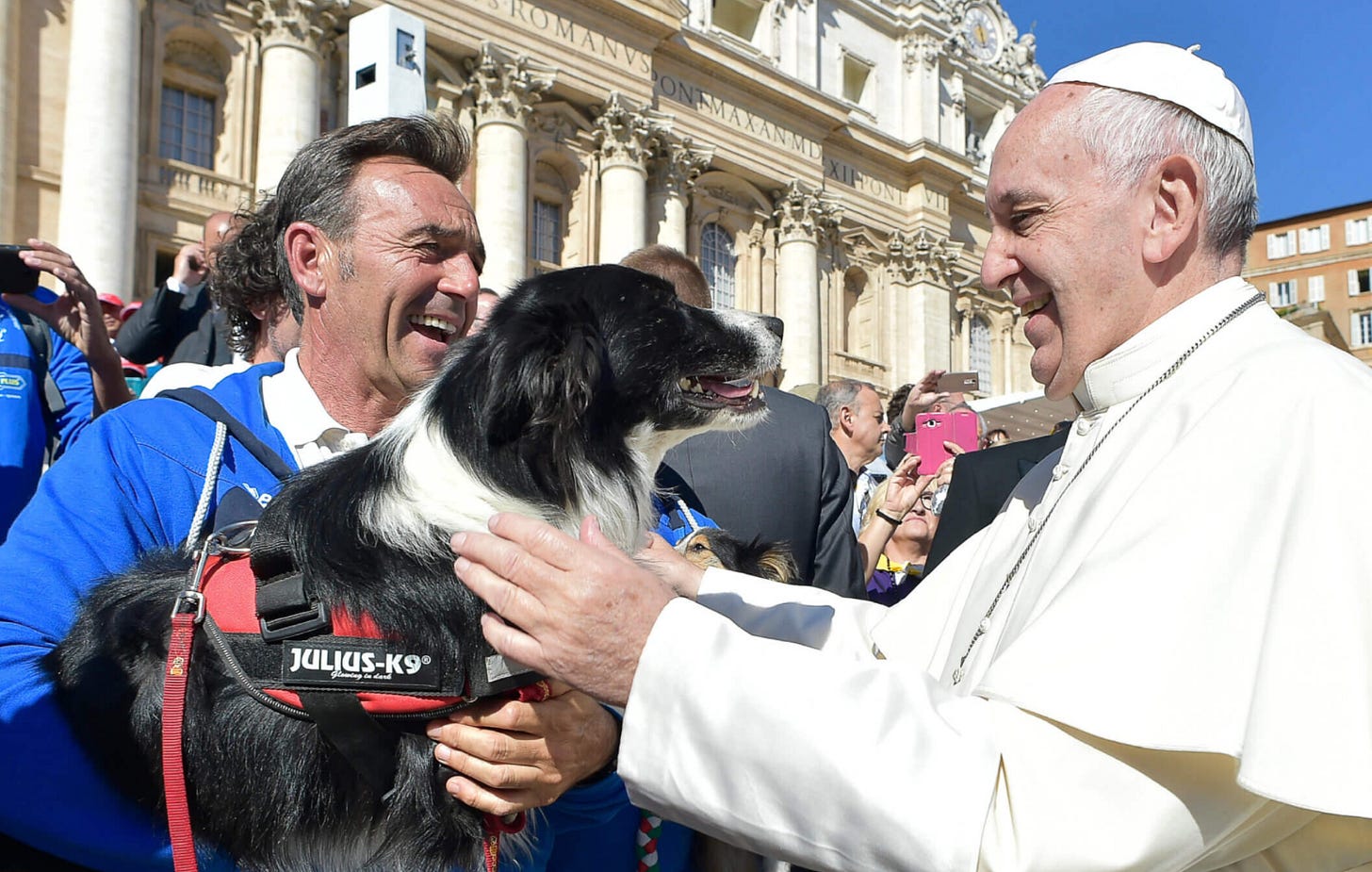
Excellent post, Eric! I can confirm that I have had nothing but uuuhhs and aahhs when I have travelled there with my dog. Roma is great with lots of fountains to drink from and lovely people who stop to chat... with my dog. LoL
When I worked at the school, your mom always talked about how Mocha went everywhere with you.